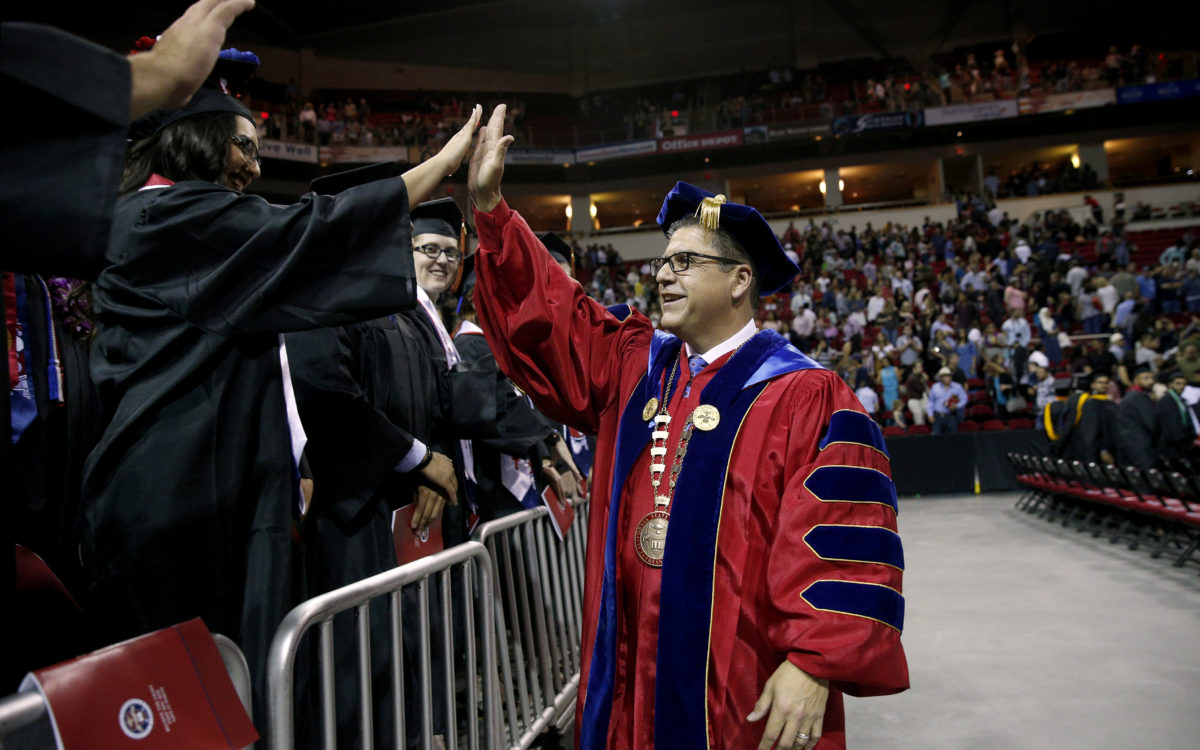
College’s popularity among recent high school graduates is at an all-time high here in the United States. Many young Americans feel like attending college is their only viable option after graduating from high school. Whether you’re dead-set on enrolling in a two- or four-year university or not, you should know how to select the right student loans.
How Is College Paid For?
Traditionally, Americans could only afford college if their parents bankrolled their tuition. Now, thanks to federal student loans, virtually anybody can attend college. Some 70% of modern Americans pay for college enrollment using loans.
As far as college is concerned, here are your basic payment options:
- Self-payment
- Family
- Athletic scholarship
- Academic scholarship
- Grants
- Student loans
Athletic scholarships commonly pay for a large chunk of students’ tuition, if not all of it. Academic scholarships, on the other hand, usually only cover a small percentage of your tuition. Most scholarships aren’t more than a few thousand dollars. Never overlook the potential of academic scholarships, however. You’ll thank yourself later.
Student loans can be broken down into two main categories: private and federal. Federal loans come in three varieties:
- Subsidized
- Unsubsidized
- PLUS Loans
All About the Basics of Federal Loans
Subsidized loans are based on financial need. These loans are superior to their unsubsidized counterpart, as subsidized loans don’t accrue interest while students are enrolled in college. These loans are only offered to undergraduate students.
Unsubsidized loans accrue interest from the date they’re paid out. If you’re eligible for both of these loans, your maximum unsubsidized loan offer will be greater than your subsidized loan offer.
Many students have no choice but to select both loans. Even if you’re in this category, use all of your subsidized loan offer and as little unsubsidized lending as possible.
Parent PLUS loans, our last federal loan type, are for graduate students, professional students, and parents of undergrad students. These loans are unsubsidized. Unlike the previous two types of loans, you’ll be required to submit to a credit check. Borrowers with adverse credit histories might have to meet other requirements, too.
A Note About Private Loans
Don’t take private loans off the table. If your federal loan offers don’t cover your college expenses, private loans might be a good option for you. Rated the “Best Private Student Loan Lender of 2020” by Forbes Advisor, Ascent Funding is a leading provider of private loans. Particularly the “student loans no cosigners” option makes it more attainable for students that don’t have a cosigner to still secure funding for their higher education.
Loading your parents down with debt isn’t fair and for some students, isn’t even a possible option. Choosing Ascent is a great way to get student loans, with or without cosigners, leaving you responsible for your future in education and beyond.
Know How Much to Borrow
Before applying to schools, make mock budgets of how much each school’s tuition will cost. Don’t forget to account for need-based grants and scholarships you may receive.
Selecting a college with reasonable tuition should be a priority. Although a prestigious degree may be better than a no-name degree, networking while in college means more than virtually any level of prestige.
You’ve probably heard this elsewhere, but never borrow more than you need! Taking out money to pay for unnecessary expenses isn’t worth it. Consider taking up a part-time job to pay for food and recreational expenses. Even 10 hours a week is fine.








